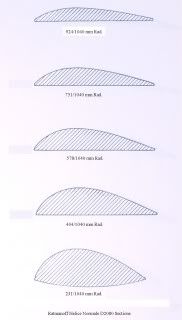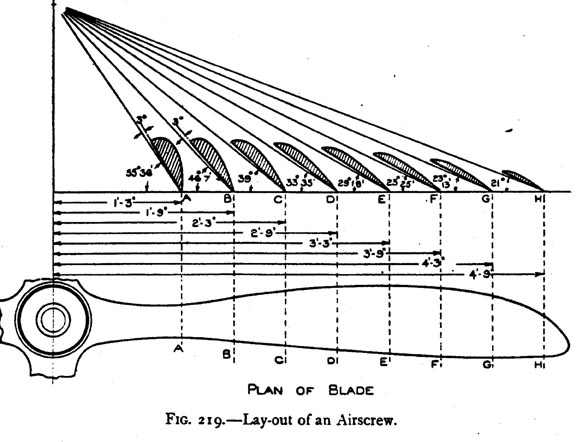Hi,
@ Dennis : great pictures, thanks!
@ Pete : there is no standard thickness for laminations before 1916 in France. An often used thickness is 20mm, but one, or both, "last" laminations were often thinner, so you can't deduce lamination thickness from hub size.
"2m08" is 2.08 meters. "WmXY" is a common writting for W,XYm, that is W.XY (in France, the coma is used in place of the dot to mark decimal). "2m08" writting is not "official", but easier to read: you don't tell "two coma zero eight meters" in current language, but "two meter zero eight". And strictly speaking, 2m08 is 2.08 meter, or 208 centimeters, but not 2080 millimeters, as if there are only 2 digits after the dot, it implies you don't know the measure with a millimeter accuracy, while 2080 millimeters "tells" it is not 2081 or 2079.
Regards,
PM
@ Dennis : great pictures, thanks!
@ Pete : there is no standard thickness for laminations before 1916 in France. An often used thickness is 20mm, but one, or both, "last" laminations were often thinner, so you can't deduce lamination thickness from hub size.
"2m08" is 2.08 meters. "WmXY" is a common writting for W,XYm, that is W.XY (in France, the coma is used in place of the dot to mark decimal). "2m08" writting is not "official", but easier to read: you don't tell "two coma zero eight meters" in current language, but "two meter zero eight". And strictly speaking, 2m08 is 2.08 meter, or 208 centimeters, but not 2080 millimeters, as if there are only 2 digits after the dot, it implies you don't know the measure with a millimeter accuracy, while 2080 millimeters "tells" it is not 2081 or 2079.
Regards,
PM

 ?
?

Comment